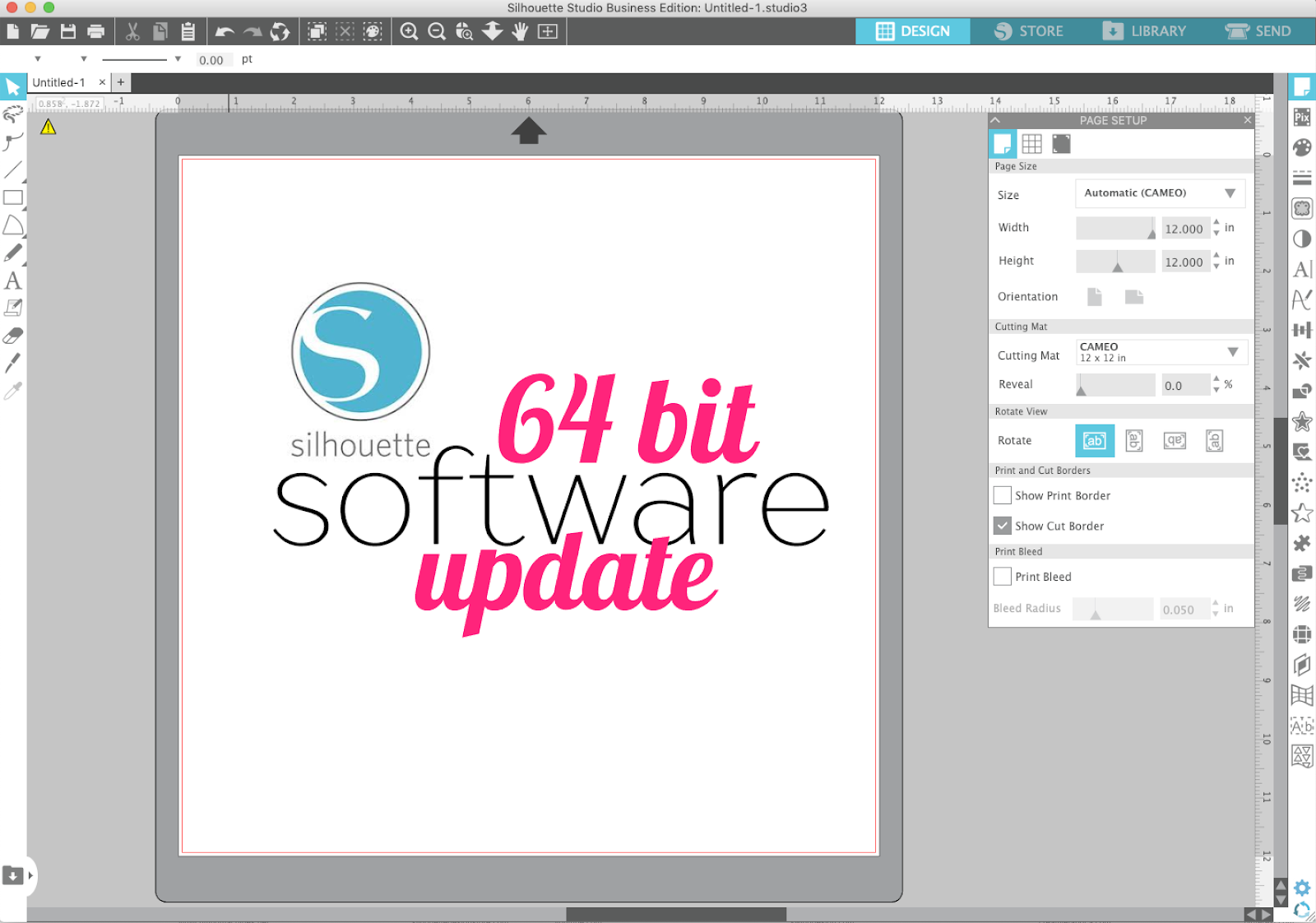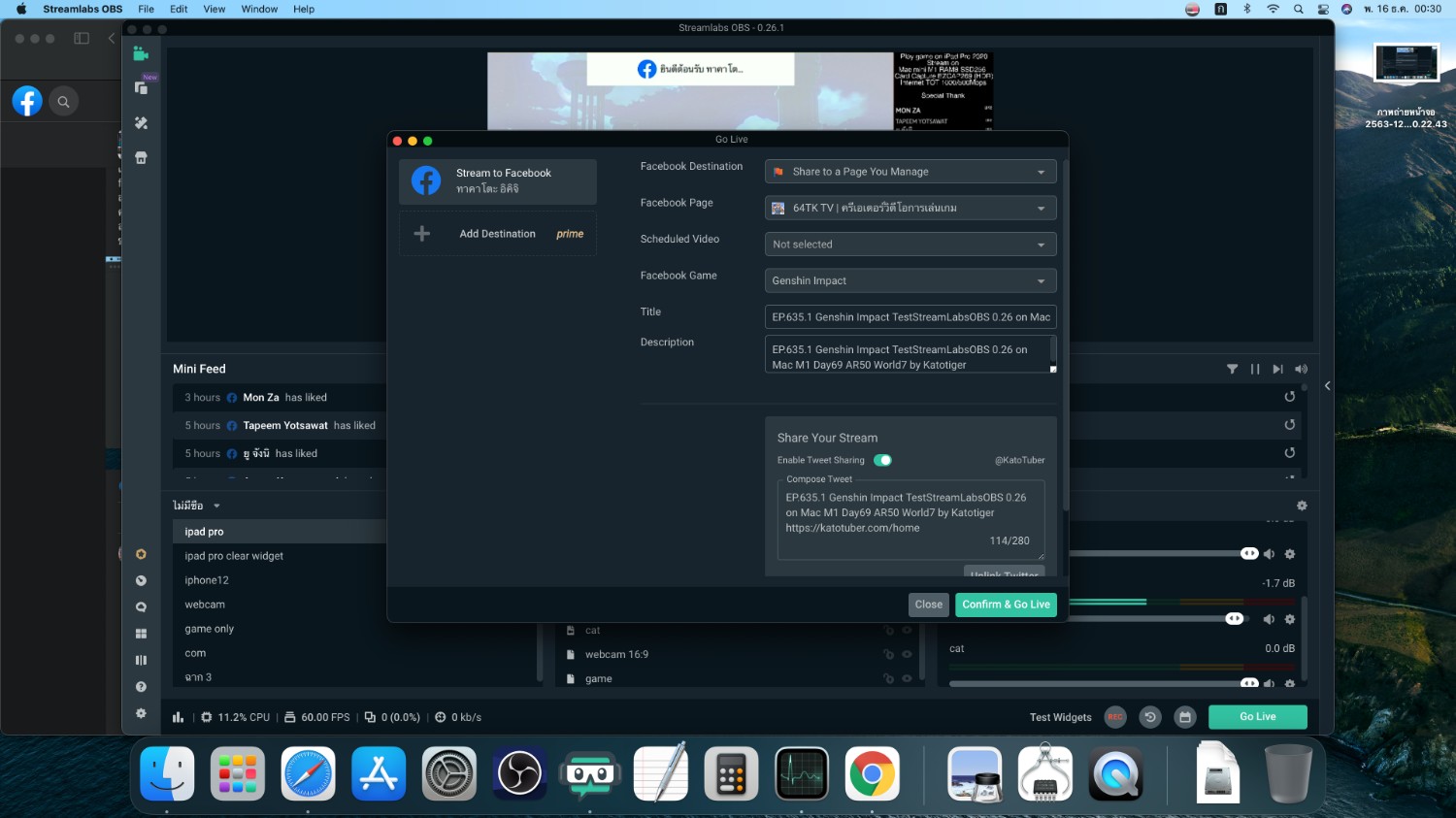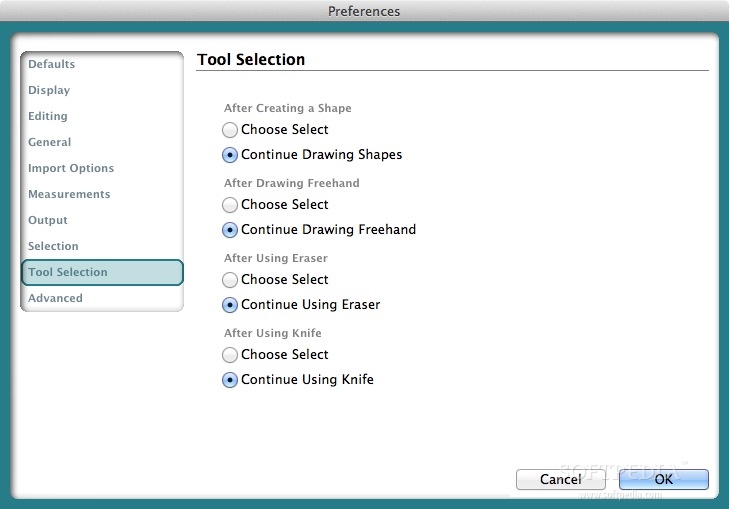

- SILHOUETTE STUDIO MAC M1 UPDATE
- SILHOUETTE STUDIO MAC M1 FULL
- SILHOUETTE STUDIO MAC M1 PRO
With 151-megapixel images, using Magic Brush on the Mac Studio is a delight – the calculations are so quick that I needed several attempts to try and catch its dialog box for a screen grab on the brief occasions that it appeared.
SILHOUETTE STUDIO MAC M1 UPDATE
Luma Ranges react instantly, with no lag at all, and the previews all update in real-time as changes are made, even on ultra-high res 16-bit RAWs. Switching between high res images, there is no delay whatsoever – the preview of the next shot is already there when I press the arrow key, even when quickly scanning through. Headline: The Mac Studio is ludicrously fast.
SILHOUETTE STUDIO MAC M1 PRO
So having transferred all my data from a MacBook Pro 16″, I guess it’s time to take the Studio for a spin – and check out how it performs against our other machines in one of my primary applications: Capture One Pro. The card reader on the front is also a very useful addition – even my Mac Pro has an external reader permanently plugged in, so this one extra slot has to be one of the biggest “small improvements” to my mind. I must admit to being a little frustrated on my Mac Pro, with the need to type in passwords, when my MacBook Pro and iPad/iPhone have used my fingerprint or face for so many years – so the addition of Touch ID on this latest model is more than welcome. With a choice of the latest Magic Keyboard, Magic Trackpad and/or Magic Mouse in Space Grey and Black (the “Pro” look from the Mac Pro and iMac Pro), everything is designed to look just right on the desk together.
SILHOUETTE STUDIO MAC M1 FULL
600 nits of brightness with the full P3 wide colour-gamut (more on that later).Īnd how does it all fit together? Perfectly. Built-in A13 Bionic chip (yes, the same chip that’s inside iPhones), enabling Siri and Spatial Audio. Center-Stage with the latest ultra-wide 12MP FaceTime camera.  6 built in speakers for cinematic sound (and it’s goooooood). With an additional 3 USB-C ports on the back, along with its thunderbolt connection, the Studio Display houses a whole bunch of new features that make it perfect as a primary monitor: For clarity, this isn’t a smaller version of the Pro Display XDR – they’re in different leagues – but it does provide excellent colour rendition (on an SDR basis), and calibrated reference modes that photographers can use right out of the box. In a way, this feels like Apple coming back to the days of the “Cinema Display”, that was discontinued some time ago. Using the same nano-textured coating as its XDR big brother, the screen is virtually reflection-free (I had to shine a light directly at it to get even this slight bounce on the top corner!). The 27″ 5k Studio Display doesn’t disappoint either – with cues from the incredible Pro Display XDR that I’ve been using for a couple of years now, it’s perfectly matched to the Mac Studio in all the right ways. I joke, as I’ve yet to see this machine struggle at anything I’ve thrown its way (more on that later), but the 6 thunderbolt ports in total, USB, HDMI, Network and SD reader are a big hint as to what the Mac Studio is expecting to eat… Given the direction of travel with the new MacBook Pro 14″ and 16″ M1 machines, it’s not surprising to see an array of useful ports front and back, as well as a cooling system for the rare times we manage to push this little beast to break a slight sweat.
6 built in speakers for cinematic sound (and it’s goooooood). With an additional 3 USB-C ports on the back, along with its thunderbolt connection, the Studio Display houses a whole bunch of new features that make it perfect as a primary monitor: For clarity, this isn’t a smaller version of the Pro Display XDR – they’re in different leagues – but it does provide excellent colour rendition (on an SDR basis), and calibrated reference modes that photographers can use right out of the box. In a way, this feels like Apple coming back to the days of the “Cinema Display”, that was discontinued some time ago. Using the same nano-textured coating as its XDR big brother, the screen is virtually reflection-free (I had to shine a light directly at it to get even this slight bounce on the top corner!). The 27″ 5k Studio Display doesn’t disappoint either – with cues from the incredible Pro Display XDR that I’ve been using for a couple of years now, it’s perfectly matched to the Mac Studio in all the right ways. I joke, as I’ve yet to see this machine struggle at anything I’ve thrown its way (more on that later), but the 6 thunderbolt ports in total, USB, HDMI, Network and SD reader are a big hint as to what the Mac Studio is expecting to eat… Given the direction of travel with the new MacBook Pro 14″ and 16″ M1 machines, it’s not surprising to see an array of useful ports front and back, as well as a cooling system for the rare times we manage to push this little beast to break a slight sweat.  ( For a view on what specs I’d recommend, click here). 128GB Unified memory with 800GB/s bandwidth. 20-core CPU with 16 performance cores and 4 efficiency cores. This rather unassuming 20cm square box houses a computer that defies its written specification, given the architecture inside:
( For a view on what specs I’d recommend, click here). 128GB Unified memory with 800GB/s bandwidth. 20-core CPU with 16 performance cores and 4 efficiency cores. This rather unassuming 20cm square box houses a computer that defies its written specification, given the architecture inside: 
Inside – a tiny little box of tricks, housing their latest release:Įffectively, two M1 Max chips – the same technology that powers my MacBook Pro 16″ – joined together to create their most powerful Apple Silicon machine to date. If there’s one thing I’m certain of in this world – it’s that Apple packaging designers take their engineering task just as seriously as those who create the actual products inside – and opening the boxes for this set of hardware is quite the reveal.








 0 kommentar(er)
0 kommentar(er)
